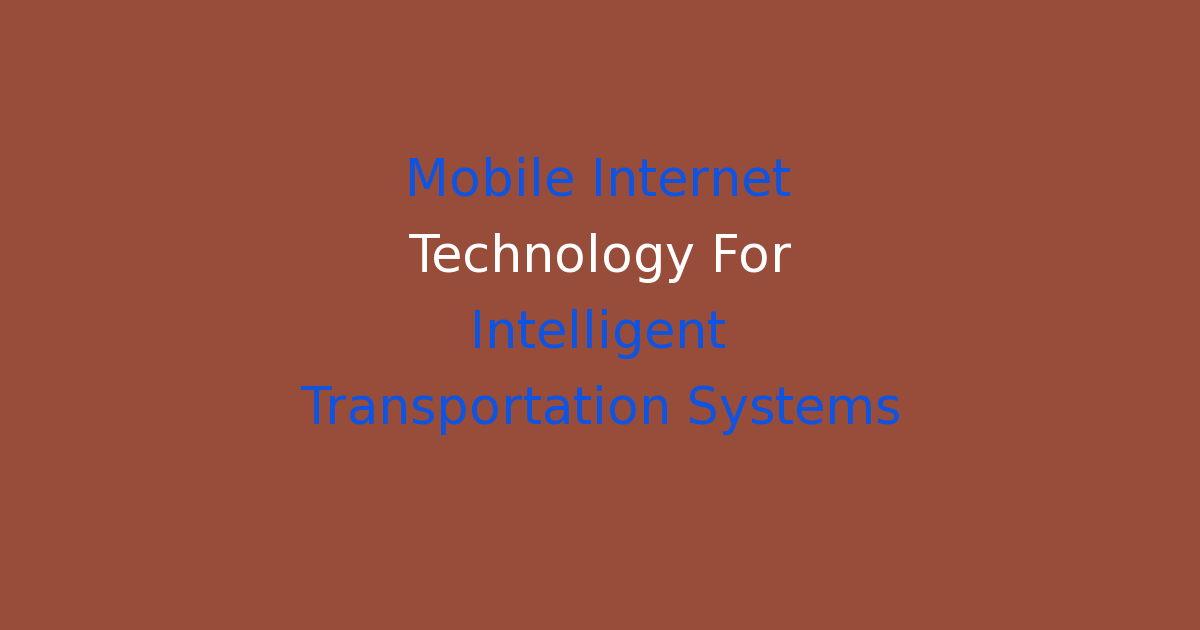Mobile internet technology is utilized in intelligent transportation systems.
Introduction
Intelligent Transportation Systems (ITS) have revolutionized the way we travel by integrating advanced technologies into transportation networks. One of the key components of ITS is mobile internet technology, which enables real-time communication and data exchange between vehicles, infrastructure, and control centers.
Problem Statement
Despite the advancements in ITS, there are still challenges that need to be addressed to improve the efficiency and safety of transportation systems. One of the main issues is the limited connectivity and communication capabilities of the existing systems, which hinder the seamless flow of information between different elements of the transportation network.
Existing System
The existing ITS rely on dedicated communication networks and sensors installed along roads to collect data and provide real-time traffic information. However, these systems are limited in scope and can be expensive to implement and maintain.
Disadvantages
Some of the disadvantages of the existing ITS include:
- Limited coverage and connectivity
- High implementation and maintenance costs
- Lack of scalability and flexibility
- Reliance on outdated technologies
Proposed System
To overcome the limitations of the existing systems, we propose the integration of mobile internet technology into ITS. By leveraging the ubiquitous connectivity of mobile networks, we can create a more dynamic and efficient transportation system that can adapt to changing conditions in real time.
Advantages
Some of the advantages of using mobile internet technology for ITS include:
- Expanded coverage and connectivity
- Lower implementation and maintenance costs
- Greater scalability and flexibility
- Access to real-time data and analytics
Features
The proposed system will incorporate the following features:
- Mobile app for real-time traffic information
- Cloud-based data storage and analytics
- GPS tracking and navigation systems
- Vehicle-to-vehicle communication capabilities
Conclusion
In conclusion, the integration of mobile internet technology into Intelligent Transportation Systems holds great promise for enhancing the efficiency and safety of transportation networks. By leveraging the connectivity and data exchange capabilities of mobile networks, we can create a more responsive and adaptable system that can meet the needs of modern commuters. With further research and development, we can realize the full potential of mobile internet technology in shaping the future of transportation.

